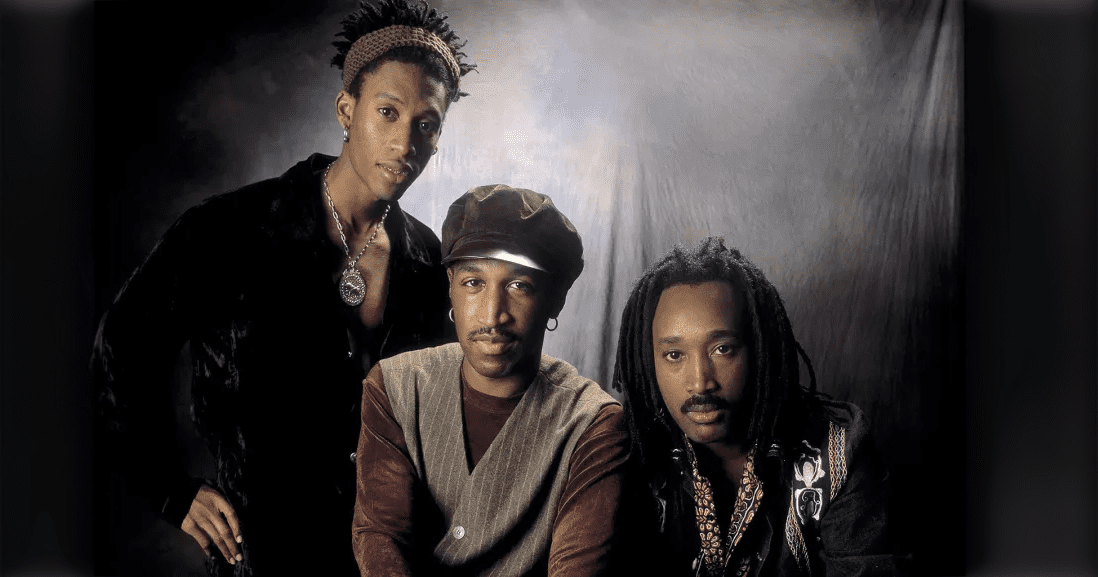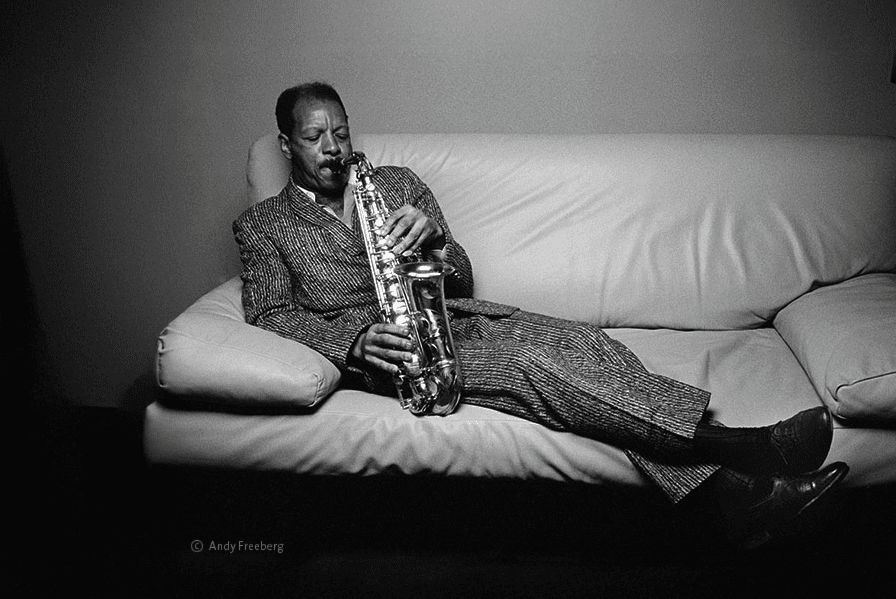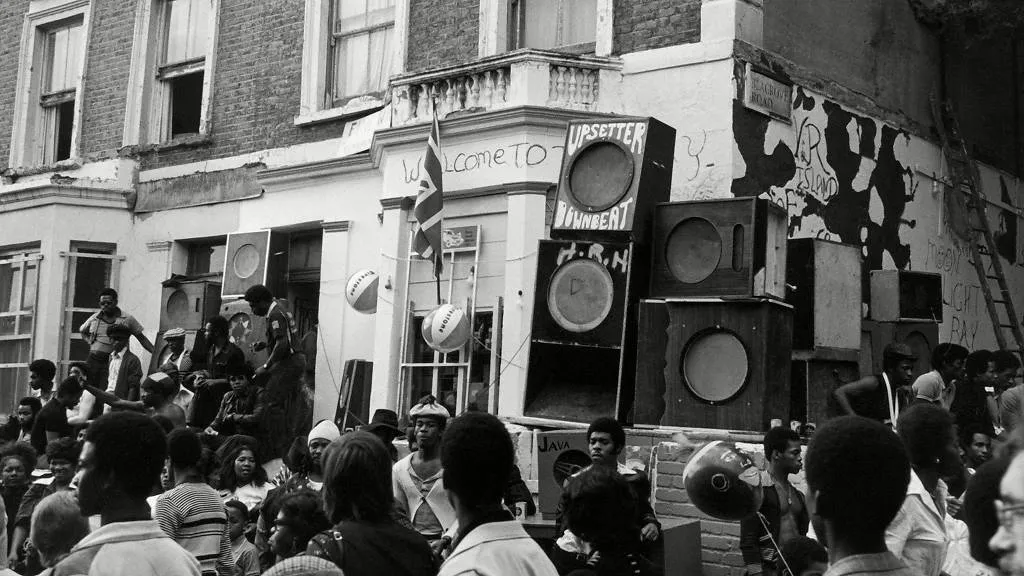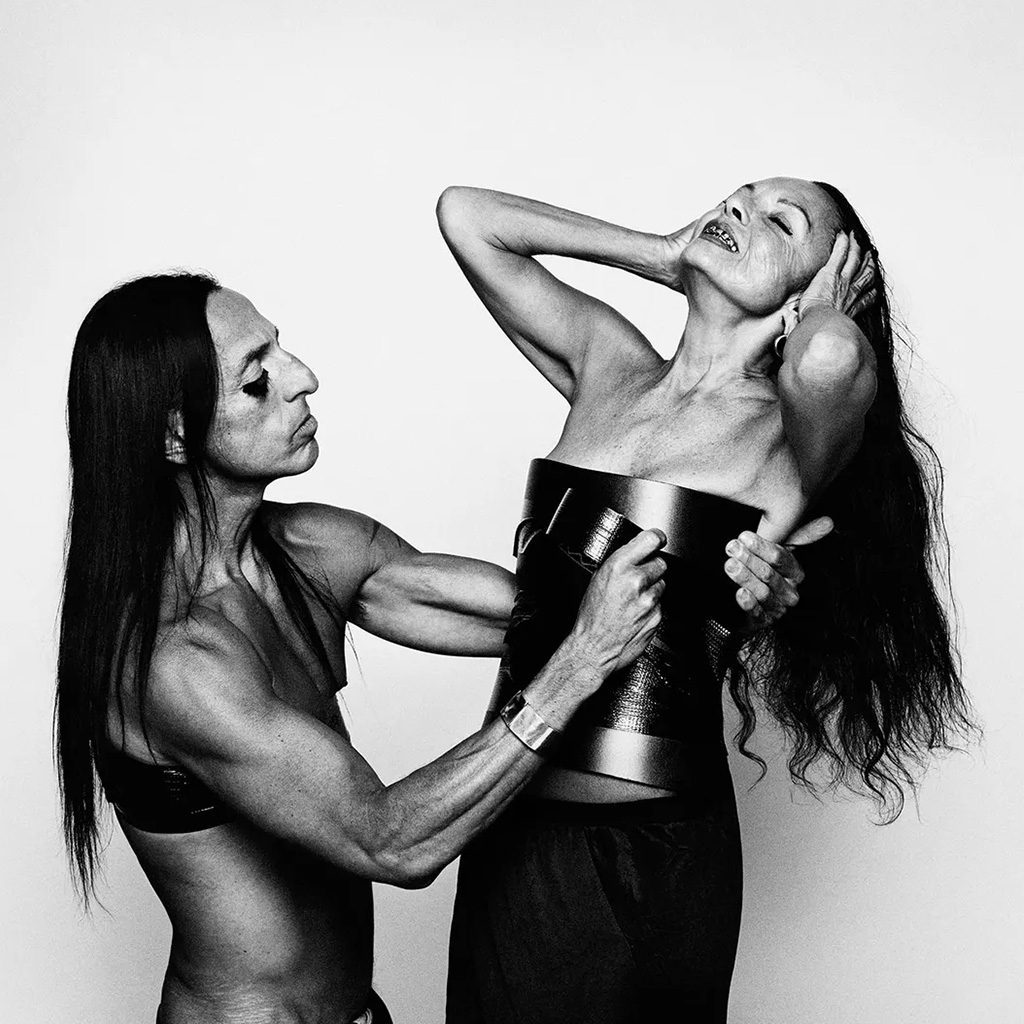Zen Meets Bold: A Deep Dive into the World of Japanese Avant-garde Culture
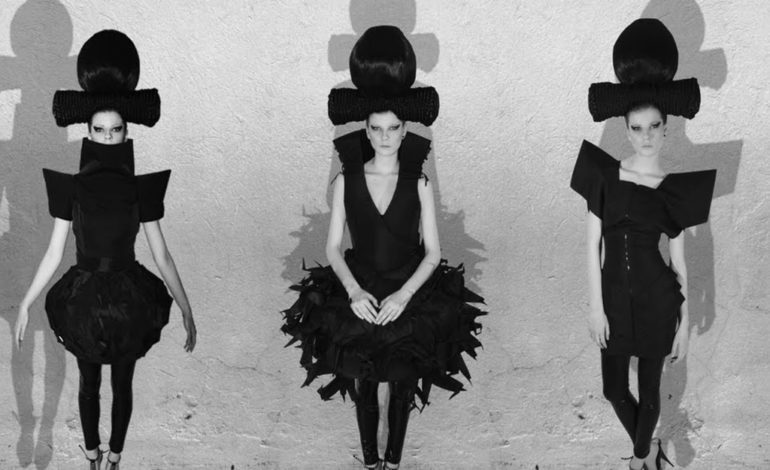
From the streets of Tokyo’s Harajuku and Shibuya neighborhoods to the runways of the world’s fashion capitals, this bold and fearless movement has become an influential force in contemporary art and design. With an emphasis on innovation, individuality, and boundary-pushing creativity, Japanese avant-garde culture has captured the attention of young, intellectual audiences across the globe.
The Beginnings of Japanese Avant-garde: Social and Cultural Context
Japanese Avant-garde culture emerged during a time of significant social and cultural change. The post-World War II era saw Japan undergo a period of rapid modernization and Westernization, drastically reshaping the country’s traditional customs and values.
The younger generation, who had grown up in this new cultural landscape, sought to explore new and innovative ways to express their individuality and their evolving identities. This led to the development of a counterculture movement, centered around art, fashion, and music, which embraced a sense of rebellion against the status quo.
Artists and designers, inspired by Western art movements such as Pop Art and Minimalism, sought to blend traditional Japanese styles and motifs with modern techniques and materials, creating a distinctive aesthetic that captured the attention of both the local and global art community. This pioneering spirit of innovation, combined with a deep respect for traditional Japanese culture and craftsmanship, laid the foundations for what would become the dynamic and influential Japanese Avant-garde culture.

Pop Culture and Japanese Avant-garde: the Fusion of Tradition and Innovation
Japanese Avant-garde culture is defined by its embrace of pop culture and its fusion with traditional Japanese styles and symbols. The fusion of pop culture and traditional Japanese culture resulted in a unique aesthetic that is instantly recognizable worldwide. The movement has produced a myriad of iconic figures, from the avant-garde fashion designer Yohji Yamamoto to the pop artist Takashi Murakami, who’s bold and colorful artworks have gained international recognition.
By blending traditional Japanese values with a modern sensibility, the Japanese Avant-garde culture has stayed true to its roots while also embracing the evolving tastes and interests of the younger generation. The result is a vibrant and dynamic subculture that has captured the attention of young and intellectual audiences around the world.
The Three Masters of Japanese Avant-garde Fashion and Their Chronological Impact
Japanese avant-garde fashion has grown to become one of the most impactful subcultures worldwide, known for its unique blend of traditional styles and modern techniques. At the forefront of this movement are three designers who have influenced the world of fashion with their visionary aesthetics and unconventional designs. These three designers are Issey Miyake, Yohji Yamamoto, and Rei Kawakubo, who have revolutionized the fashion world with their creativity and bold approach to design.
Cloth Wizards: An Analysis of Miyake, Yamamoto, and Kawakubo’s Visionary Fashion Aesthetic.
When it comes to Japanese avant-garde fashion, Issey Miyake, Yohji Yamamoto, and Rei Kawakubo stand out above all others. These three designers who have had an enormous impact on the fashion world with their visionary aesthetics and unconventional designs.
Issey Miyake first rose to fame in the 1970s with his Pleats Please line, which used a unique method of garment construction to create clothing that was both functional and beautiful. Miyake’s designs are characterized by their minimalism, architectural shapes, and emphasis on texture and movement.
Yohji Yamamoto, on the other hand, is known for his deconstructed and asymmetrical designs, which often feature oversized cuts and a monochromatic color scheme. Yamamoto’s pieces often blur the lines between masculinity and femininity, resulting in genderless clothing that challenges traditional fashion norms.

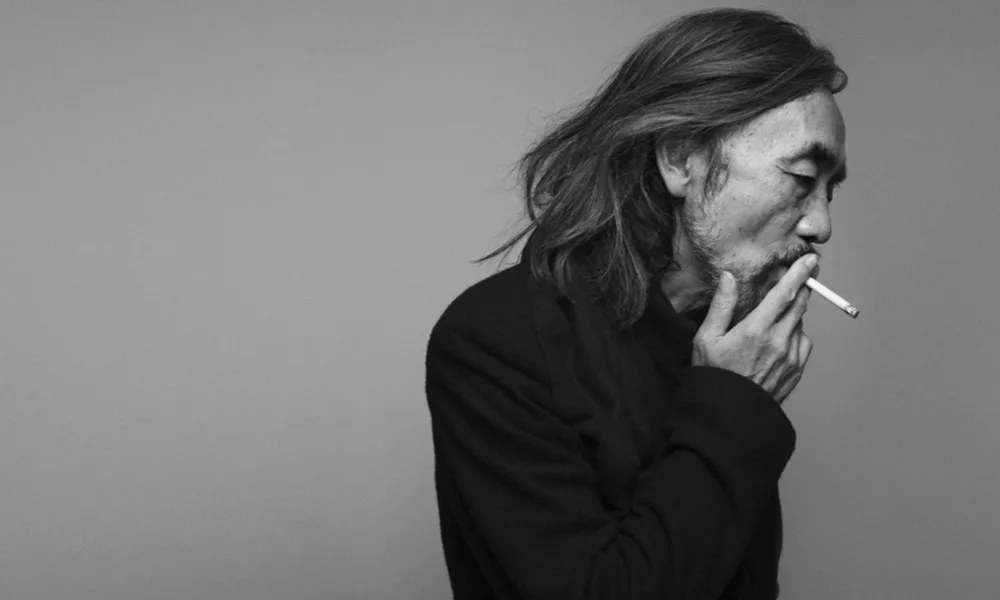
Rei Kawakubo, the founder of the avant-garde label Comme des Garçons, is perhaps the most influential of the three designers. Kawakubo’s work is characterized by its bold experimentation with form and function, often featuring asymmetrical cuts, exaggerated silhouettes, and unusual combinations of materials.
All three designers’ work has inspired a generation of designers and challenged traditional notions of beauty and style. Today, their designs are still celebrated for their creativity, innovation, and bold vision.
Japanese Avant-garde in the Global Scene: Fashion Weeks, Exhibitions, and Collaborations
At fashion weeks around the globe, we see Japanese Avant-garde designers presenting their latest collections, showcasing their innovative designs to the world. In recent years, designers like Junya Watanabe and Sacai have presented their collections on the renowned runways of Paris Fashion Week. Their collections are characterized by the movement’s signature style – a mix of traditional Japanese styles and modern techniques, with a focus on asymmetry, deconstruction, and unconventional approaches.
Exhibitions dedicated to the movement have also attracted significant attention from audiences worldwide. The Metropolitan Museum of Art’s Costume Institute in New York City hosted a widely acclaimed exhibition titled “Rei Kawakubo/Comme des Garçons: Art of the In-Between,” which explored the evolution of the Comme des Garçons label and its founder’s contribution to the fashion industry.
Collaborations also play an essential role in spreading the influence of Japanese avant-garde fashion globally. Recently, Uniqlo, a Japanese clothing brand, collaborated with artist and designer KAWS to create a collection that showcased the brand’s signature minimalism and the artist’s quirky pop art style.
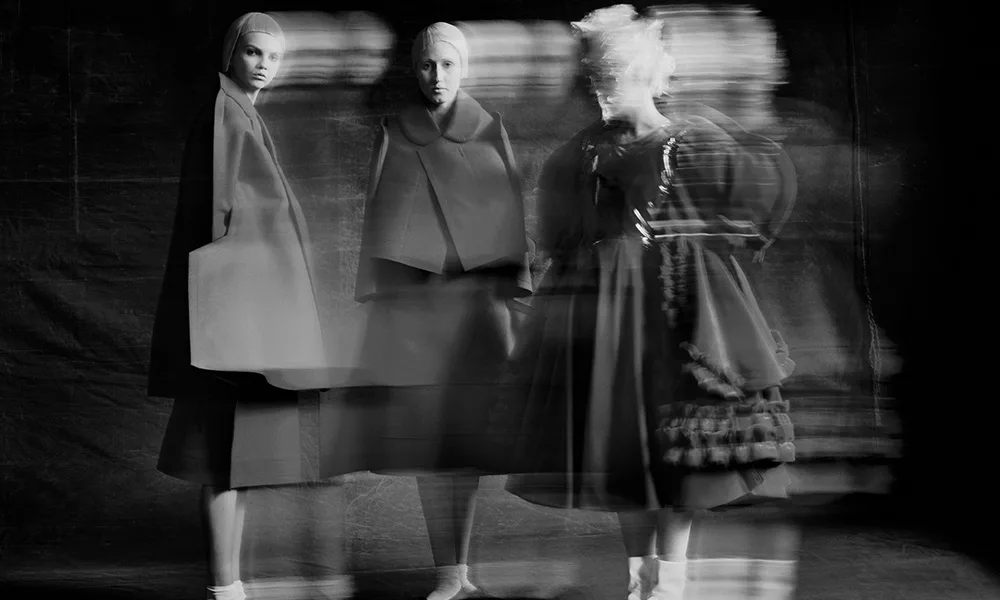
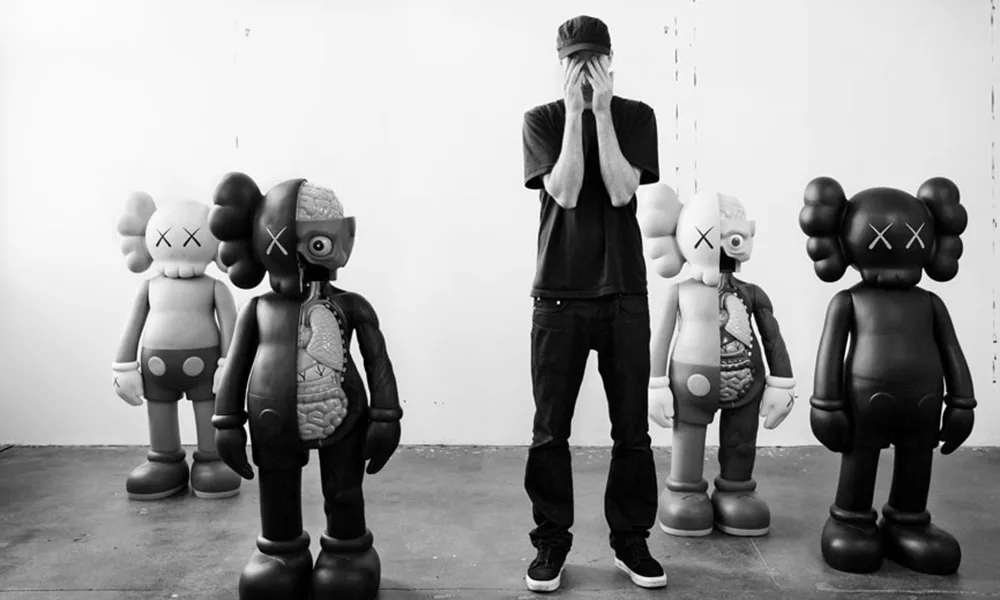
Japanese Avant-garde’s Impact on Contemporary Culture Worldwide
Japanese avant-garde culture is one of the most dynamic, influential, and visually stunning subcultures in the world, and its impact on contemporary culture is undeniable. The Japanese avant-garde movement has captured the attention of young, intellectual audiences worldwide, leaving a lasting impact on the global cultural scene.
One of the most notable ways in which Japanese avant-garde culture has impacted contemporary culture is through its influence on fashion, art, and design. Today, we see the influence of Japanese avant-garde fashion on the runway shows of renowned fashion weeks, the pages of high-fashion magazines, and even in the avant-garde street style of fashionistas around the globe.
The Next Wave of Japanese Avant-garde Fashion: Emerging Designers to Watch
Beyond the fashion world, Japanese avant-garde culture has made its mark on the art and design world, leading to a resurgence in the popularity of traditional Japanese crafts, such as ceramics and textiles. The movement’s embrace of pop culture and traditional Japanese styles and symbols has also led to the emergence of new forms of cultural expression, such as anime and manga, which have gained a global following.
As the Japanese avant-garde movement continues to evolve, so do the designers and artists pushing the boundaries of its creative expression. Today, some of the most exciting emerging designers in the movement include Kozaburo Akasaka, Teppei Fujita, and Anrealage. These designers continue to challenge traditional fashion norms, blending traditional and modern techniques to create cutting-edge designs that are as beautiful as they are unconventional.
The impact of Japanese avant-garde culture on contemporary culture worldwide is undoubtedly profound. Its pervasive influence has transcended the realm of fashion, serving as a wellspring of inspiration for a burgeoning cohort of designers, artists, and creatives who fearlessly challenge conventions and embrace the unorthodox. As this movement perpetually transforms, we can eagerly anticipate the rise of a fresh generation of designers, poised to continue the avant-garde’s boundless journey and solidify its vanguard position within contemporary culture.
Longing For Better Style?
Literal’s first t-shirt collection, with its inspiration from the Japanese avant-garde, its iconic pattern with a vintage spirit, its soft texture created with special cotton, and its production concept that focuses on durability will have a special place in your wardrobe.
Now you know where to find that T-shirt you’ve been longing for.
Literal is an independent design studio where you feel you truly belong.
Also, you can follow us on Instagram



